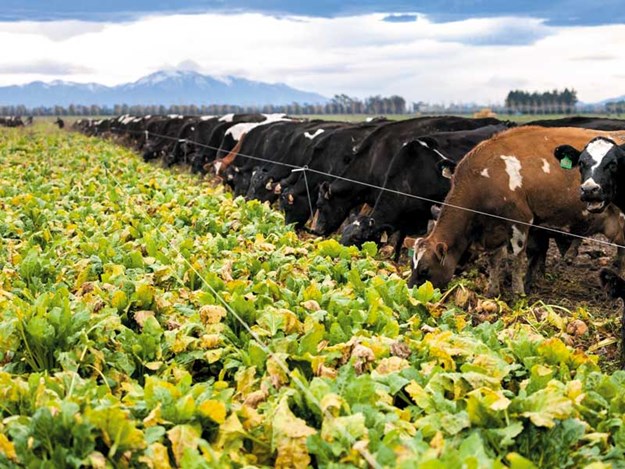Farm advice: Mitigating mud this winter
There are a number of simple things you can do to help keep mud to a minimum, protect your paddocks, and keep your cows comfortable
At one time or another, most of us have lost a gumboot in the mud. No matter how well you manage your crop or pasture, if it’s a wet winter it’s inevitable there’s going to be some mud.

But there are a number of simple things you can do to help keep mud to a minimum, protect your paddocks, and keep your cows comfortable.
Many of you are doing a great job to ensure this happens, but we believe it’s an area we need to continue improving to ensure we’re leading the way in animal care and doing our best for the environment.
So, what should we be focusing on? One of the easiest ways you can reduce the impact of a wet spell or heavy rain on your paddocks and cows is through focusing your efforts on good grazing management.
This includes back fencing, using portable troughs, staying out of critical source areas (CSAs), adjusting your mob size to the paddock, and grazing paddocks that tend to get wetter, or have heavier soils when the conditions are more suitable.
These small changes can make a big impact. A trial at Telford Research Farm found protection of CSAs and strategic grazing management reduced soil and phosphorous loss by a whopping 80 to 90%.
Offering thin, long-faced breaks rather than blocks is also good practice. This ensures all cows can access crop and limit the amount of damage to soils and increase crop utilisation.
When determining how you will break feed your paddocks, keep in mind that cows find grazing downhill more difficult as the slope interrupts their natural grazing position. If you decide to graze your cows downhill, check utilisation levels, provide cows more time to eat and expect a little more wastage.
It’s also important your cows can lie down for at least eight hours a day, so in the event of a wet spell, make sure you have options to ensure they have a suitable surface to lie down, such as paddocks that have been identified for regrassing, drier paddocks, or stand-off pads.
As you all know, wintering cows on crop is complex. There’s no one-size-fits-all approach, as each of you will have your own set of challenges depending on your region, climate, soil type, topography, and shelter.
While the weather is out of our hands, if you prepare and follow good management practice, you’ll be in a better position to face whatever this winter has in store.
For more information on how to manage your paddocks and mitigate mud this winter, visit dairynz.co.nz/wintering.
Keep up to date in the industry by signing up to Farm Trader's free newsletter or liking us on Facebook


.jpg)
.jpeg)

.jpg)
.jpeg)
.jpg)
.jpeg)
.jpeg)

.jpg)





